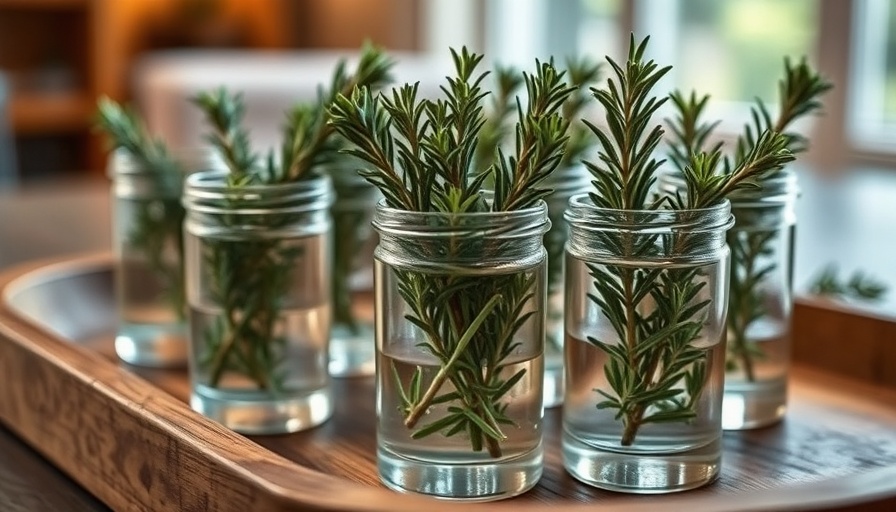
The Joy of Propagating Rosemary
For gardening enthusiasts and homeowners alike, propagating rosemary can be both a rewarding hobby and a practical way to enhance your garden. This woody perennial herb, known for its aromatic leaves, not only thrives in most home gardens but also provides a fulfilling propagation experience. In this article, we’ll explore the why, when, and how to propagate rosemary to help you make the most out of your gardening efforts.
Why Choose to Propagate Rosemary?
Propagating your own rosemary plants from cuttings is a straightforward and cost-effective way to expand your herb garden. Here are some key reasons to consider:
- Cost Efficiency: By taking cuttings from a single mother plant, you can produce dozens of new plants rather than spending on store-bought options each season.
- Convenience During Winter: Overwintering small stem cuttings is far easier than managing larger, established plants, especially in colder climates.
- Culinary Freshness: Having fresh rosemary accessible in your kitchen during winter allows you to enhance your meals with delightful flavors all season long.
- Gardening Confidence: Watching cuttings root and grow not only boosts your gardening self-esteem but also connects you more deeply with the plant lifecycle.
Optimal Timing for Rosemary Propagation
Timing is crucial for successful propagation. Although rosemary can be propagated at various times, the most favorable periods include early spring after new growth, late summer, or autumn. In colder climates, taking cuttings in autumn—just before the frost—allows for successful overwintering and prepares you for a lush garden in spring.
Living in a USDA Hardiness Zone 5 garden in Pennsylvania, I’ve discovered that nearly every stem can be cut and rooted, ensuring a robust yield in the coming growing season.
Proper Techniques for Taking Cuttings
To ensure a high success rate in propagating rosemary, follow these straightforward steps:
- Selecting the Right Plant: Choose a healthy mother plant free from pests and diseases. This is vital for ensuring your new cuttings start from a good foundation.
- Cutting Preparation: Use a sharp, sterile pair of scissors or pruning shears to take cuttings of about 4-6 inches long. Make the cut just below a leaf node to encourage root growth.
- Removing Lower Leaves: Strip the lower leaves from the cutting, which helps prevent rot when placed in soil or water.
- Planting Conditions: Depending on your chosen method—soil or water—place the cutting in a suitable medium. If using soil, ensure it’s well-draining, whereas water should be changed regularly for hygiene purposes.
Growing Rosemary for All-Year Flavor
Once your cuttings have rooted, it’s exciting to visualize how they’ll contribute to your garden and kitchen. Rosemary is not only a suitable choice for pot cultivation; it can also thrive in outdoor gardens, provided it receives the right conditions such as full sun and adequate drainage.
As spring approaches, simply transplant those rooted cuttings into your garden beds, and watch them flourish. Their flavorful leaves will provide zest to your culinary creations and wonderful aromas to your living space.
Status of Your Rosemary in Different Climates
It’s critical to be aware of how climate will impact your rosemary plants. In milder climates, rosemary might act as a perennial, remaining in the garden all year round. However, in zones with severe winters, safeguarding your propagated cuttings ensures they can thrive when spring arrives.
Ultimately, the experience of nurturing rosemary from cuttings comes with rich rewards—green herbs fresh for your kitchen, beautiful plants adorning your garden, and a sense of accomplishment that every gardener cherishes.
 Add Row
Add Row  Add
Add 


 Add Row
Add Row  Add
Add 

Write A Comment